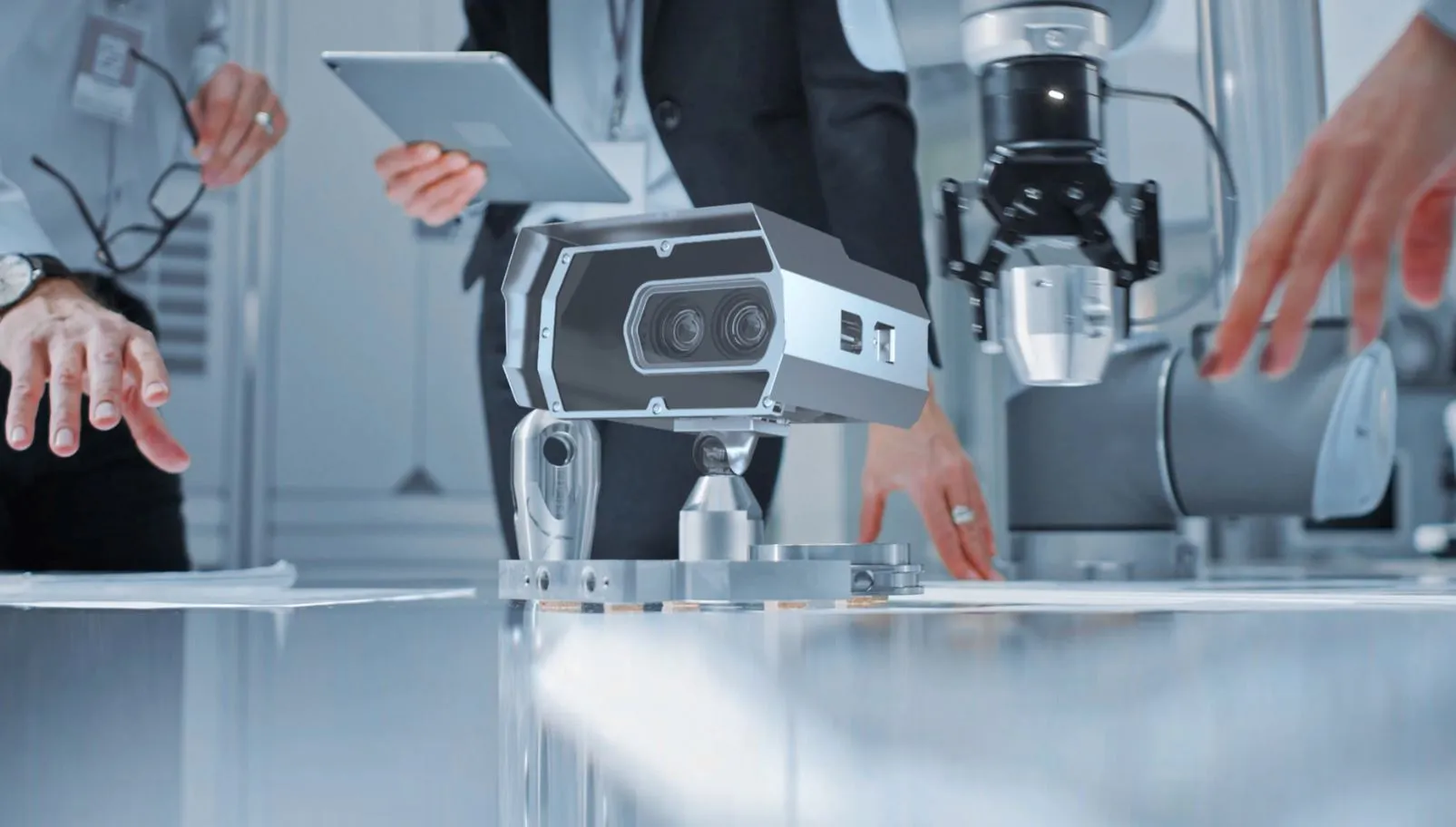
More than half of the world's population lives in urban areas, and by 2050 this will be almost 70% of the population.
This means that around 6.3 billion people will need to need to be transported day to day in a sustainable and efficient manner. The increasing diversity and growing number of road users contribute to complex traffic scenarios that require innovative solutions to optimise safety and efficiency. Ensuring safe and sustainable mobility in cities is no longer a luxury, but a necessity.
Particularly complex traffic situations arise at urban intersections, which are responsible for almost half of all road users injured or killed in urban settings. Many different road users coming from different directions meet at these junctions. Overcoming these challenges requires intelligent traffic systems that can recognise complex situations and convert them into actionable insights to ensure safe mobility.
The solution for safe intersections: Poliscan Redlight VA
Vitronic's new Poliscan Redlight VA video-based red light enforcement system uses artificial intelligence to keep up with the complex requirements of intersection safety. One of the key features of the solution is its ability to automatically distinguish between different road users, including pedestrians, cyclists and motorised vehicles. This ability allows the system to monitor more complex traffic situations with various road users. In addition to monitoring normal red-light violations, offences such as failure to give way at pedestrian crossings are detected, which significantly increases the safety of vulnerable road users.
Poliscan Redlight VA captures different violations simultaneously, which addresses several accident causers at once. In addition to red light enforcement and pedestrian crossing monitoring, it is also possible to document turning violations and other intersection hazards.

The technology behind Poliscan Redlight VA
Poliscan Redlight VA is a combination of state-of-the-art hardware and AI-powered software. This powerful combination enables the system to achieve high efficiency and accuracy in traffic monitoring.
The hardware, consisting of sensor and processor, features advanced camera technology that exceeds the capabilities of the human eye. For example, the camera has colour recognition and a wide field of view, which ensures optimum performance even in poor visibility conditions. The powerful processor guarantees fast processing of large amounts of data in real time.
The hardware is complemented by a sophisticated software system based on Convolutional Neural Networks (CNNs). These neural networks play a central role in processing and analysing traffic data and outperform conventional algorithms in terms of recognition and identification. The result: Poliscan Redlight VA offers high quality detection of traffic offences that increases the effectiveness of traffic monitoring.
In addition, the simple installation ensures a budget-friendly implementation.
Poliscan Redlight VA is the efficient solution for recording complex traffic scenarios and accurately detecting offences. It can make urban mobility safer.
Content produced in association with Vitronic










